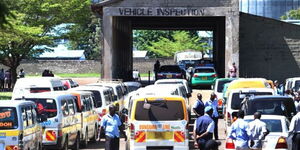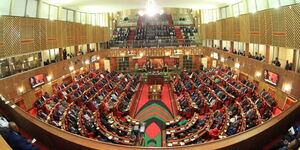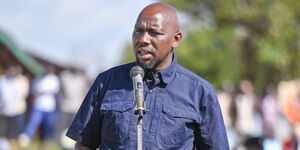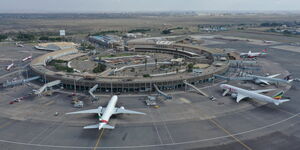Kenya’s plan to construct a 1,000-megawatt nuclear power plant has continued to spark debates, with environmental experts, community groups, and energy analysts questioning its feasibility, safety, and environmental impact.
The government, however, insists that the Ksh490 billion ($3.8 billion) project is necessary to meet the country’s growing energy demand and sustain economic growth.
The Nuclear Power and Energy Agency (NuPEA) confirmed that Kenya is in the second phase of its nuclear power programme, with a target of connecting nuclear-generated electricity to the national grid by 2034.
At the same time, international experts have warned about the financial and technical hurdles Kenya could face. Among them, Hartmut Winkler, a nuclear energy specialist at the University of Johannesburg, cautioned that nuclear plants are 'extremely expensive' and often take decades to complete.
''You won’t see anything coming out of them for at least 10 to 20 years, and they always cost much more than expected,'' he told Mongabay.
Safety Standards
Additionally, the Netherlands Commission for Environmental Assessment (NCEA), which reviewed NuPEA’s Strategic Environmental and Social Assessment (SESA) report, also found serious gaps in Kenya’s preparations.
It concluded that the report does not constitute a basis for well-informed decision-making and fails to meet international nuclear safety standards, calling for key revisions before any approvals are made.
Environmental Concerns
Environmental advocates have also raised alarms about the project's waste management and the risks of contamination to vital ecosystems.
Initial plans by the government had centered on Uyombo, a fishing village in Kilifi County, where residents protested over safety concerns and environmental risks.
This was due to the proposed site's being close to the Arabuko Sokoke Forest and the Malindi-Watamu Biosphere Reserve, which are both UNESCO World Heritage Sites and home to corals, mangroves, and various endangered species.
The proposed site was later moved to Luanda Kotieno in Siaya County. However, the government still appears to be conflicted about the actual site, with an unspecified area in Turkana County (near the lake) also being one of the considerations.
Lake Victoria Plans
Meanwhile, Lake Victoria, one of the proposed sites, currently supports millions of livelihoods and over 800,000 metric tonnes of fish annually.
Conservationists, however, say that if waste from the nuclear plant is mishandled or an accident occurs, it could devastate fisheries across the three East African nations that share the lake.
While the government describes the project as part of its clean energy transition, environmentalists argue that nuclear energy is neither cost-effective nor safe for Kenya’s ecological landscape.
Despite the protests, leaders from Siaya County, among them Raila Odinga, have expressed support for the project, describing nuclear energy as a clean alternative that could help lower power costs and boost industrialisation.












